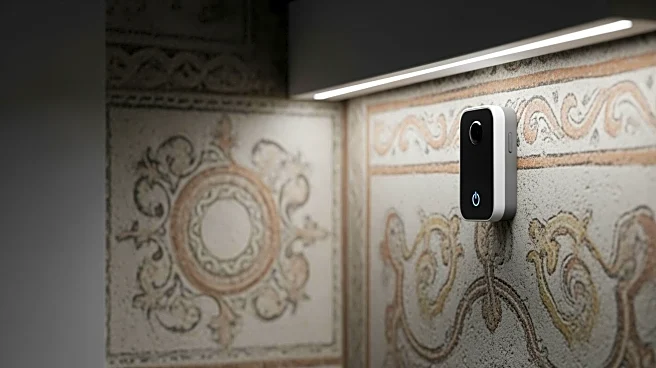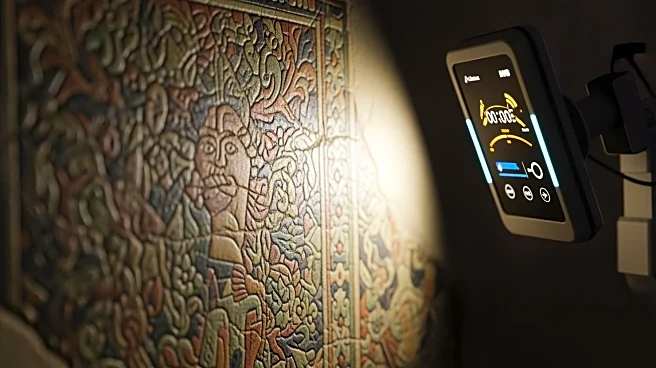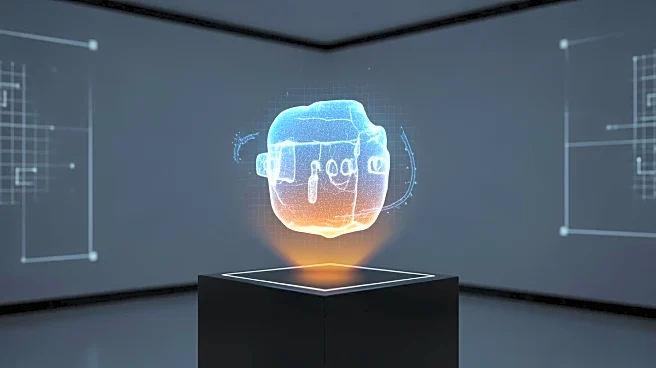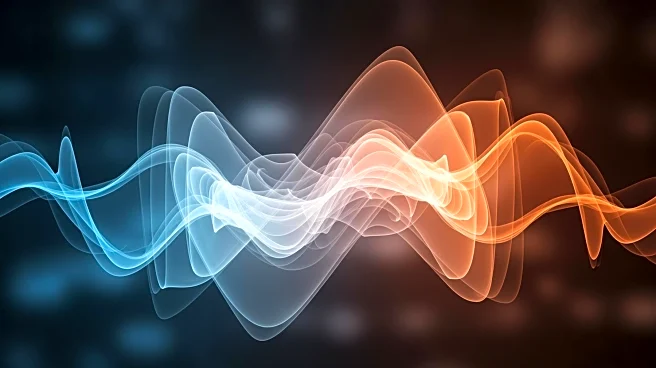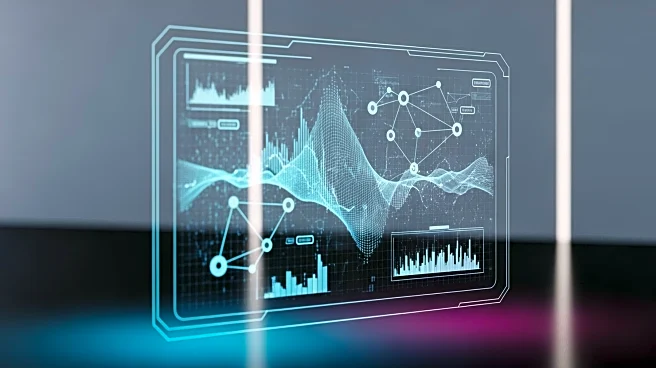What's Happening?
Researchers have developed a lightweight, high-precision instance segmentation model based on the improved YOLACT framework to monitor damage locations in Dunhuang murals. This model integrates the global
modeling capabilities of Transformer and the local inductive bias of convolutional neural networks, enhancing its ability to extract effective information under complex texture backgrounds. The system has been deployed on a Huawei Cloud General-Purpose Enhanced Elastic Cloud Server, forming a high-performance inference and visualization system for remote mural damage monitoring. The model was tested on the MuralDH dataset, which includes over 5000 high-resolution images of Dunhuang murals, and demonstrated superior performance in detecting fine-grained damage types such as cracks, peeling, and fading.
Why It's Important?
The development of this advanced monitoring system is significant for the preservation of cultural heritage, particularly the Dunhuang murals, which are invaluable historical artifacts. By providing accurate and efficient damage detection, the system aids in the digital restoration and conservation efforts, ensuring that these murals can be preserved for future generations. The integration of cutting-edge technologies like Transformer and convolutional neural networks in cultural heritage applications represents a significant advancement in the field, offering new possibilities for the protection and study of historical artworks.
What's Next?
The deployment of this system is expected to enhance real-time monitoring capabilities for large-scale mural preservation projects. As the model continues to be refined and tested, it may be expanded to other cultural heritage sites, providing a scalable solution for remote damage monitoring and intelligent analysis. The success of this system could lead to further collaborations between technology developers and cultural heritage organizations, fostering innovation in the preservation of historical artifacts.
